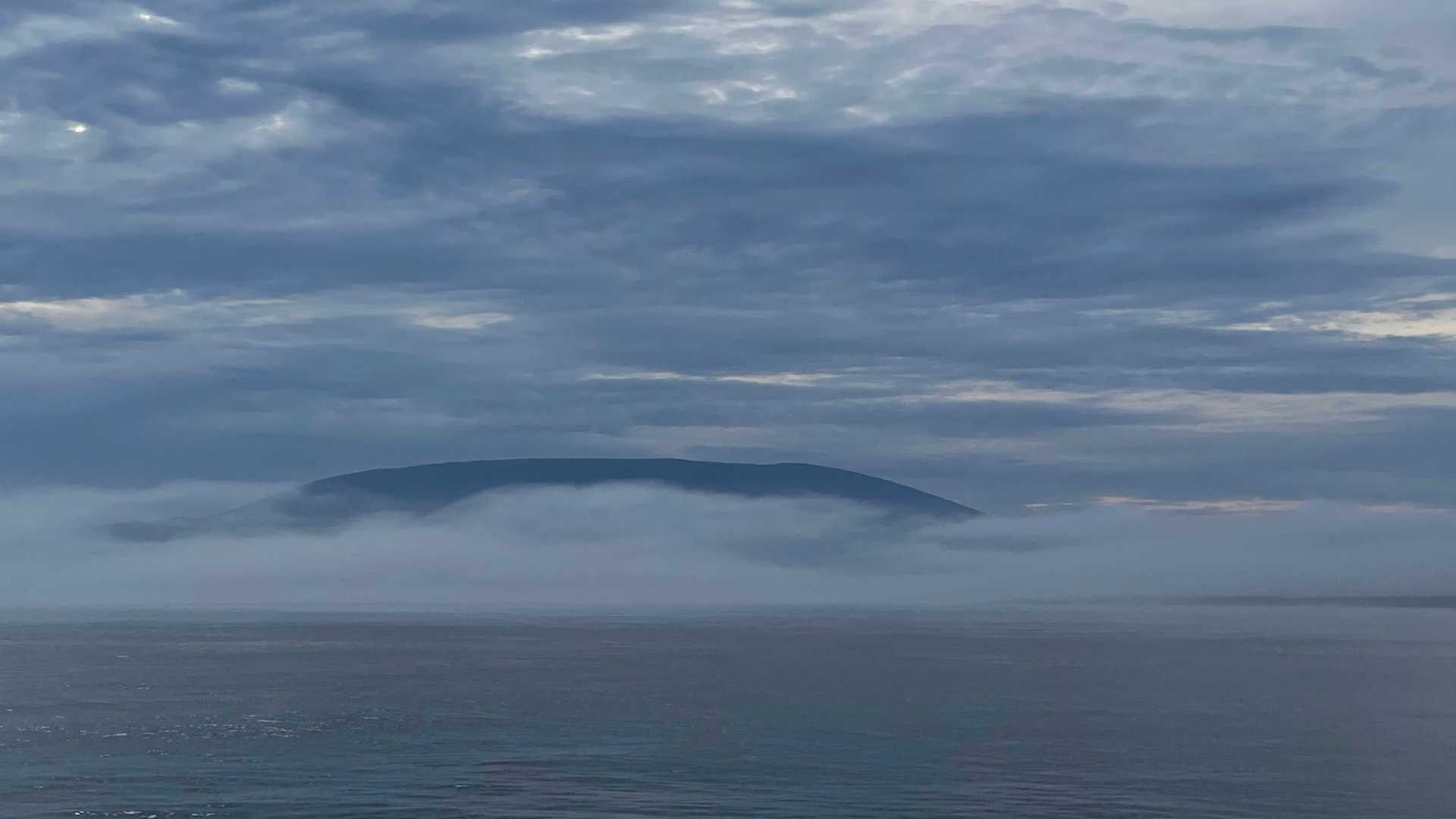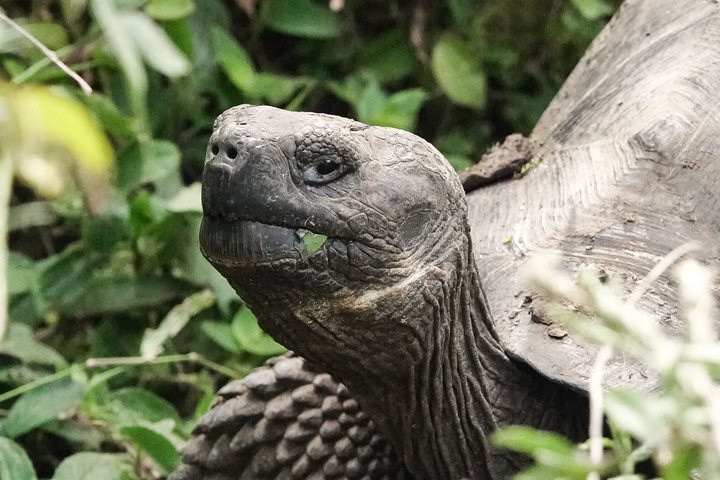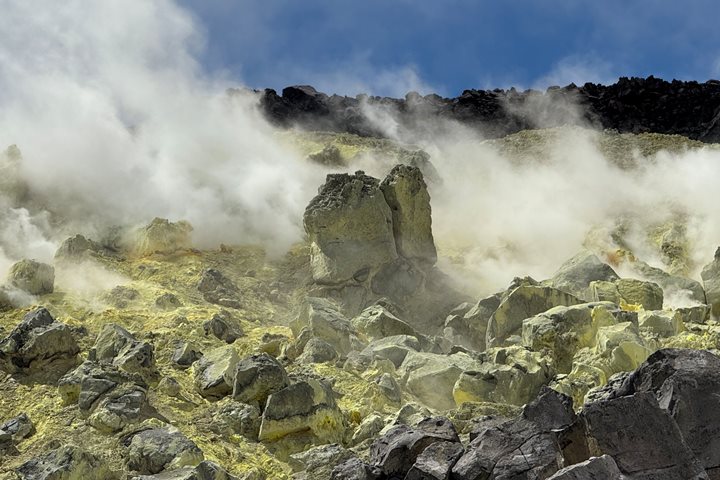Today we spent the day exploring the western region of the Galapagos Islands. We visited Punta Vicente Roca on the north side of Isabela Island and Punta Espinoza on Fernandina Island. This was a remarkable day because we observed some of the most iconic endemic species in the Galapagos, such as the Galapagos penguins, Galapagos sea lions, marine iguanas, and flightless cormorants.
- Daily Expedition Reports
- 22 Apr 2025
Isabela and Fernandina Island, 4/22/2025, National Geographic Delfina
- Aboard the National Geographic Delfina
- Galápagos
Galápagos by Catamaran: An Intimate Voyage
VIEW ITINERARYRelated Reports
6/26/2025
Read
National Geographic Delfina
Santa Cruz Island
Today we anchored in Academy Bay on Santa Cruz Island. During the first part of the morning, we went to Fausto Llerena Giant Tortoises Breeding Center. This is where some species of giant tortoises are bred in captivity. After walking through the center and observing young and adult tortoises, we enjoyed exploring the largest town in Galapagos. We had lunch at a charming local restaurant, and from there we went to the highlands where we had a great time observing wild giant tortoises in their natural habitat. This afternoon we found several tortoises feeding, while others were enjoying a great volcanic mud bath.
6/25/2025
Read
National Geographic Delfina
Isabela Island
We spent the entire morning and part of the afternoon exploring Sierra Negra, specifically the sulfur mine area in the southwestern corner inside the caldera. The caldera is considered one of the largest in the world. It was an adventurous ride up the flank of the volcano in a local chiva (open-sided bus used all over Ecuador in rural areas). Then we walked, one way two kilometers, which included a descent of 320 feet, then an ascent to the sulfur fumaroles of another 200 feet. On return, we did it all again!







